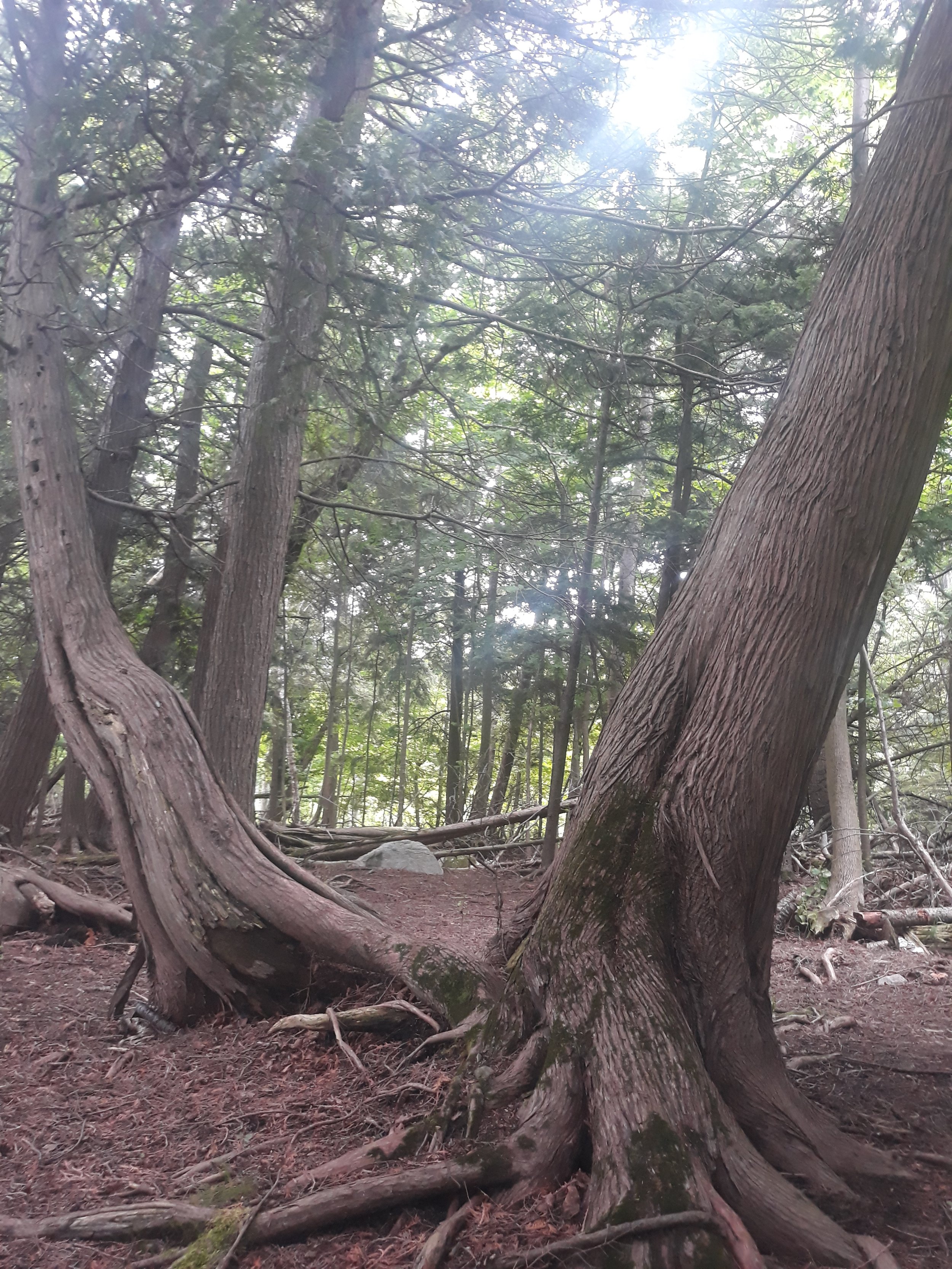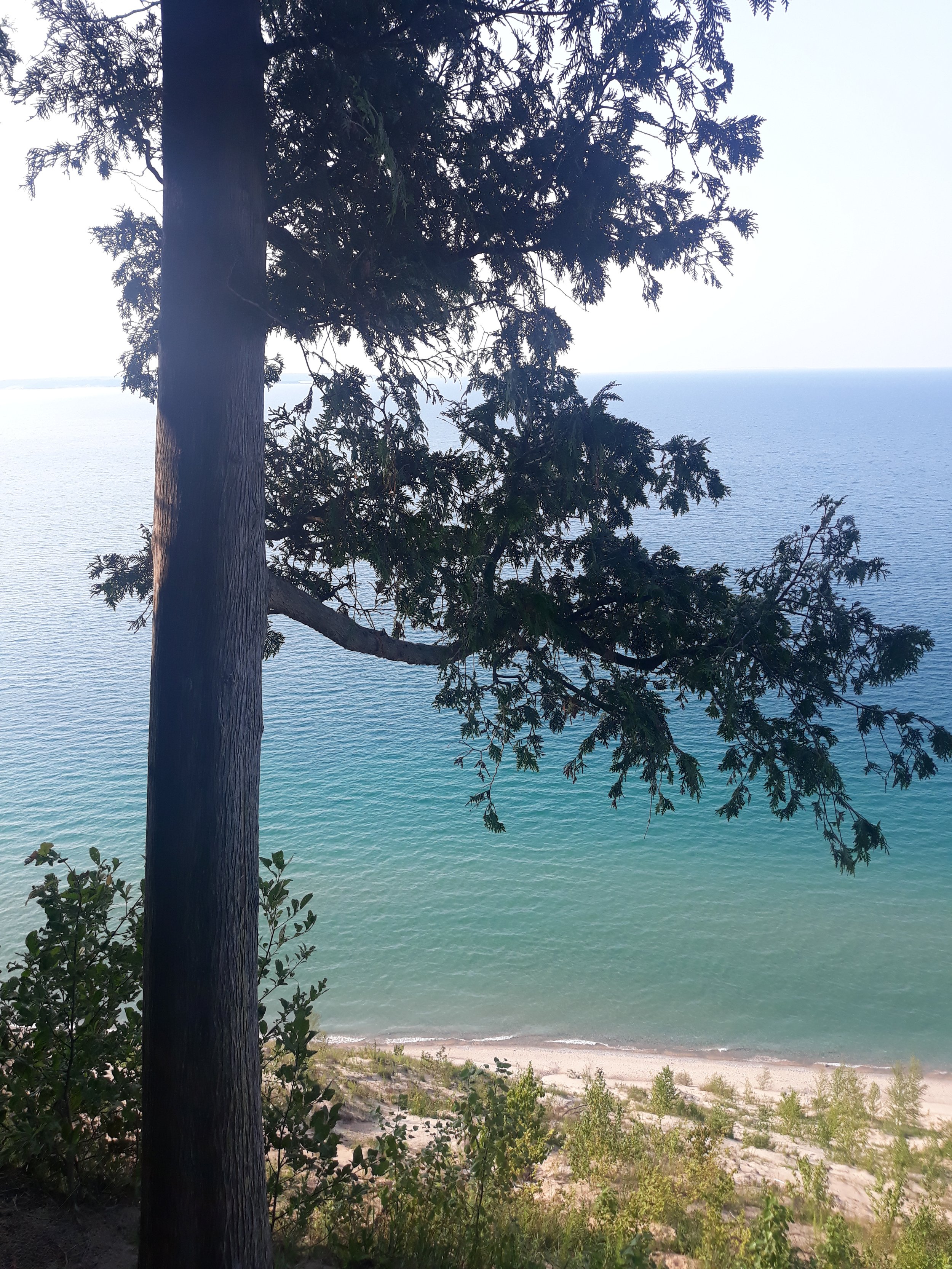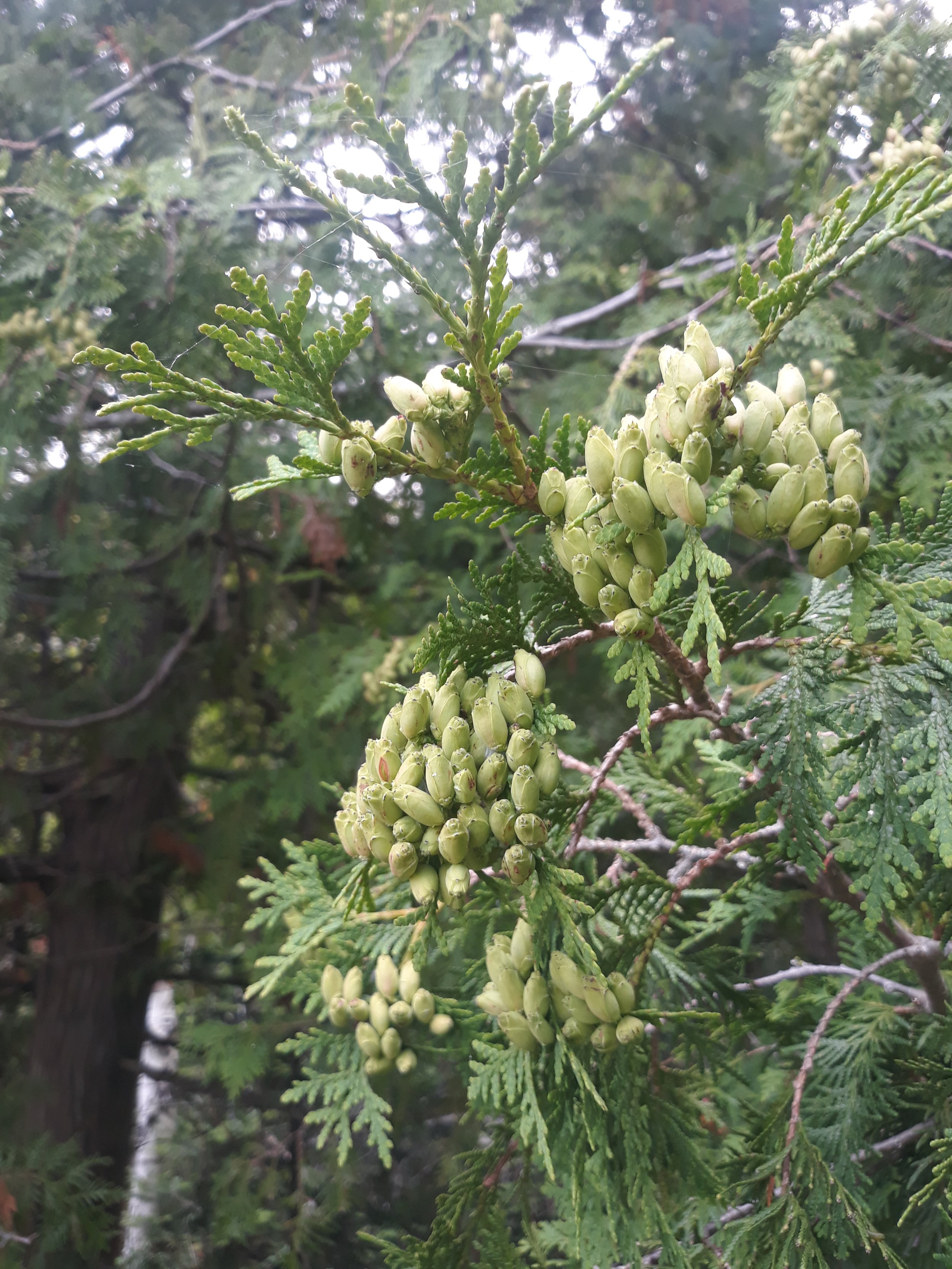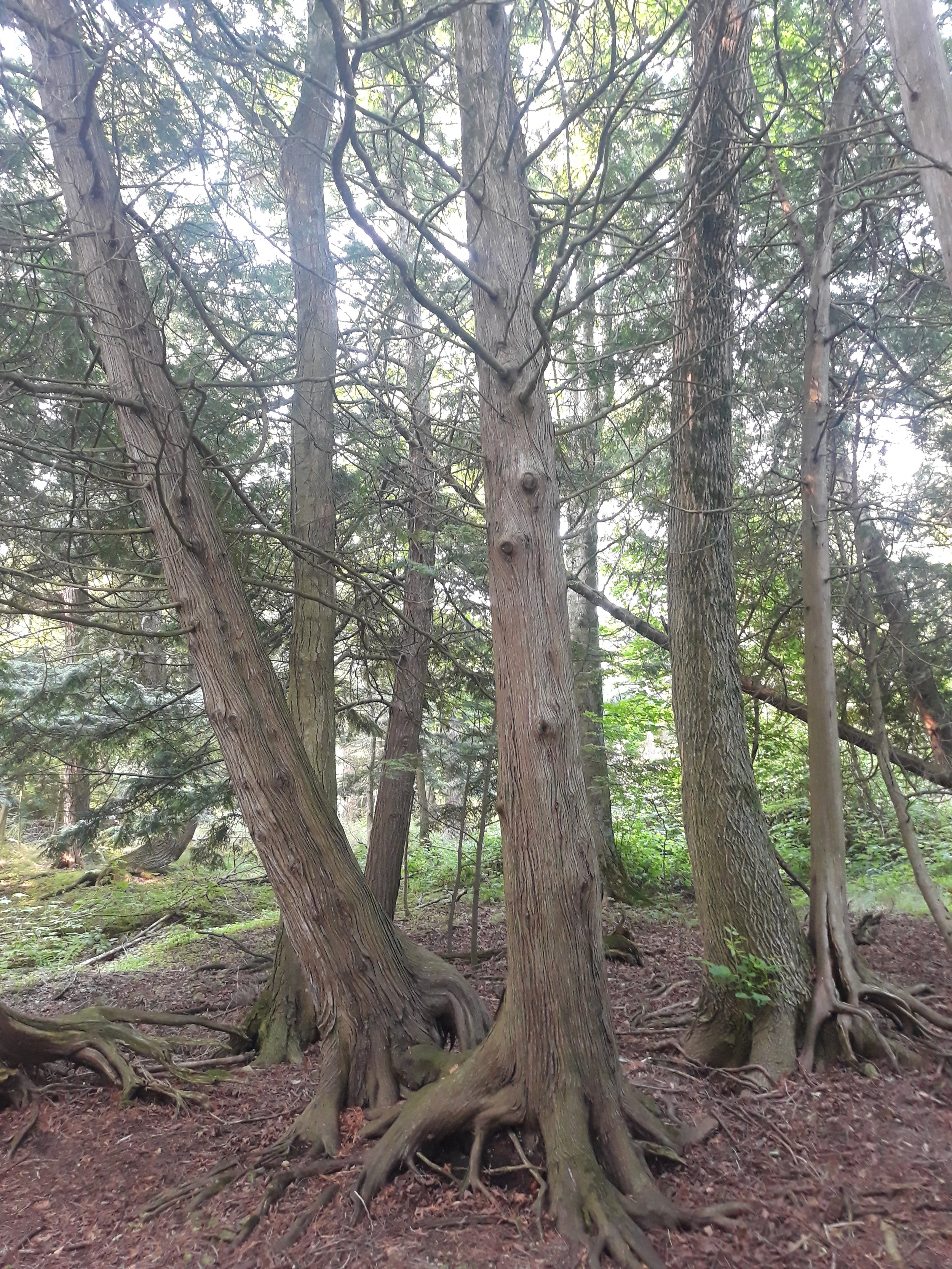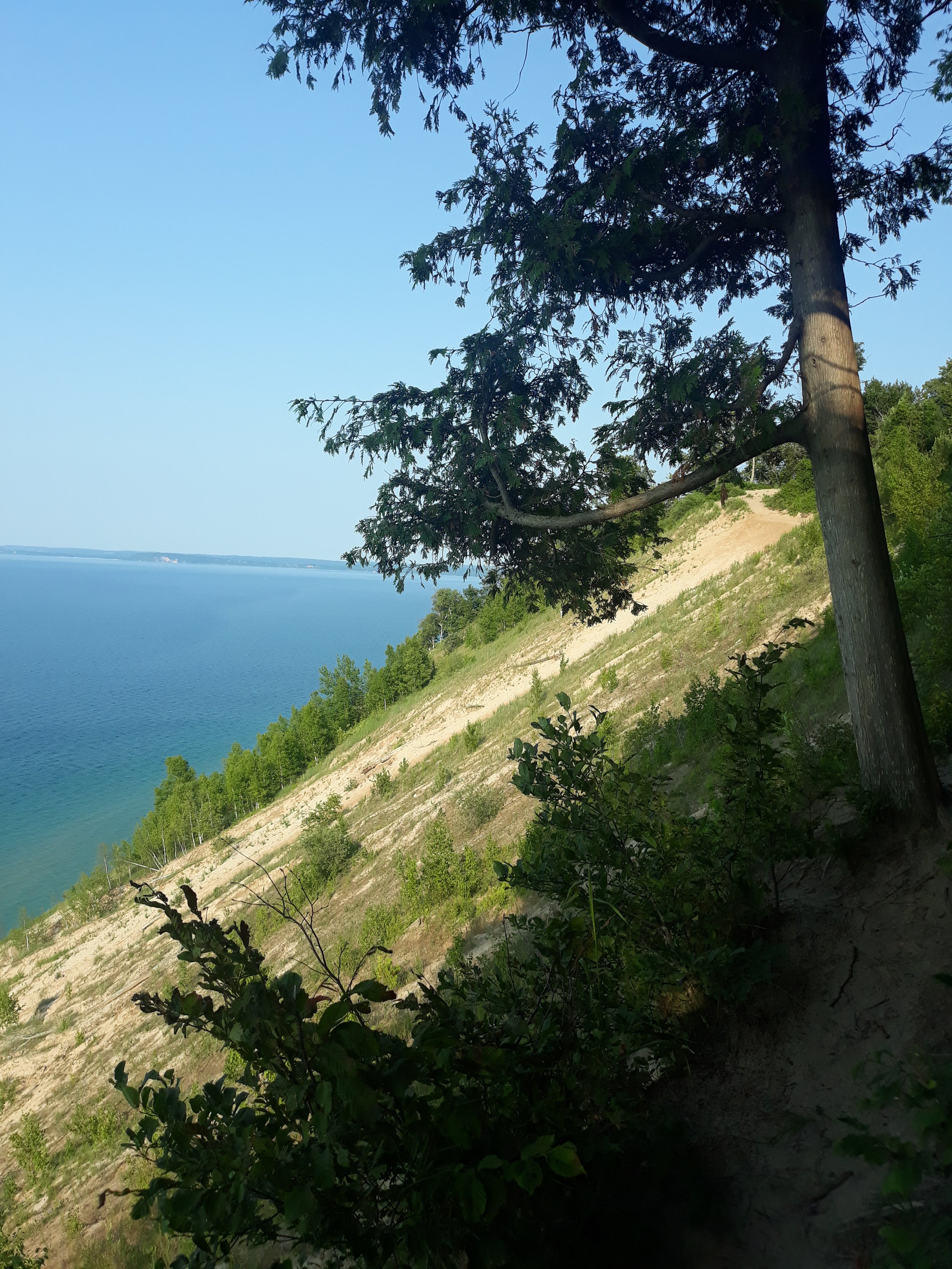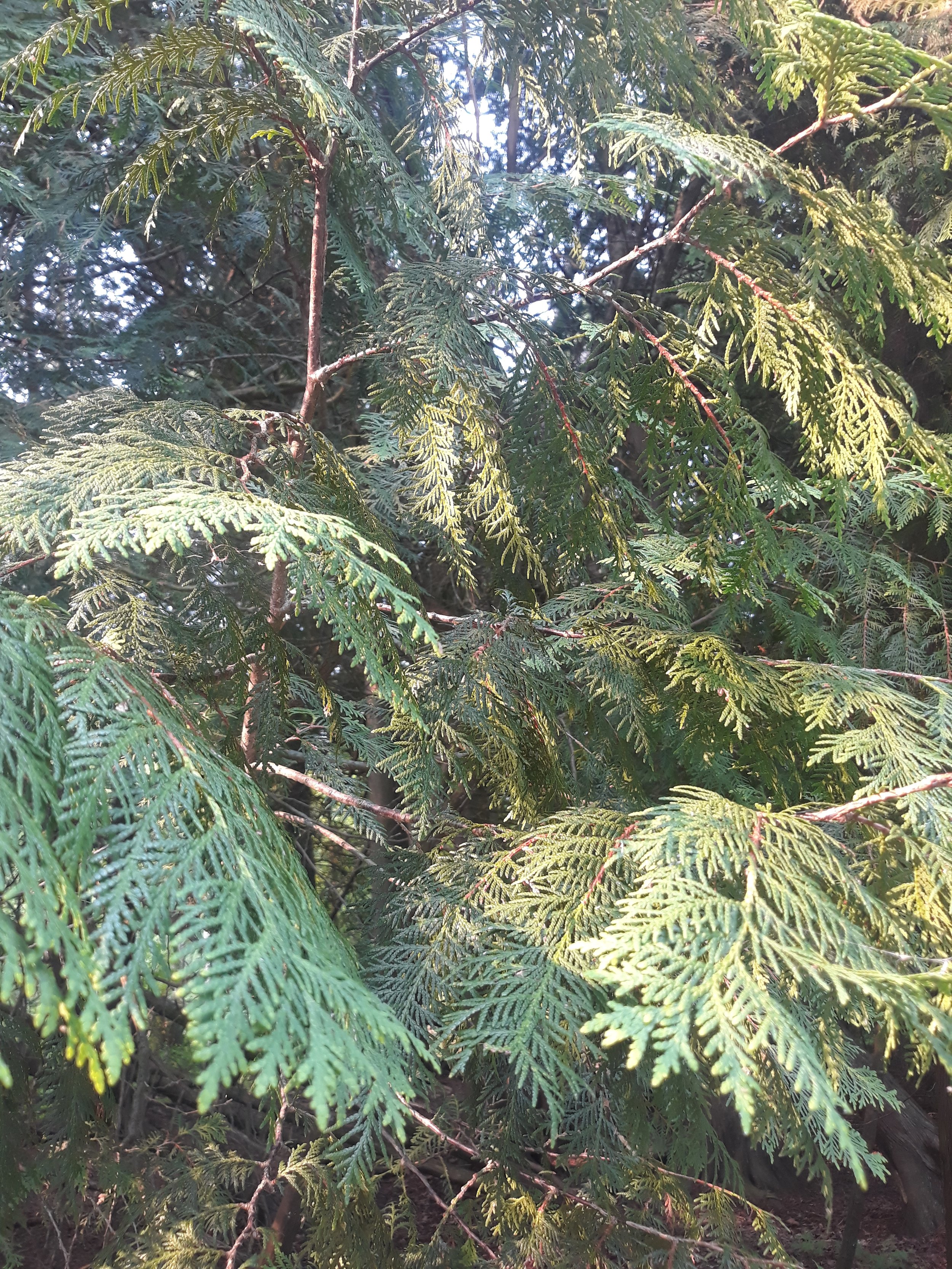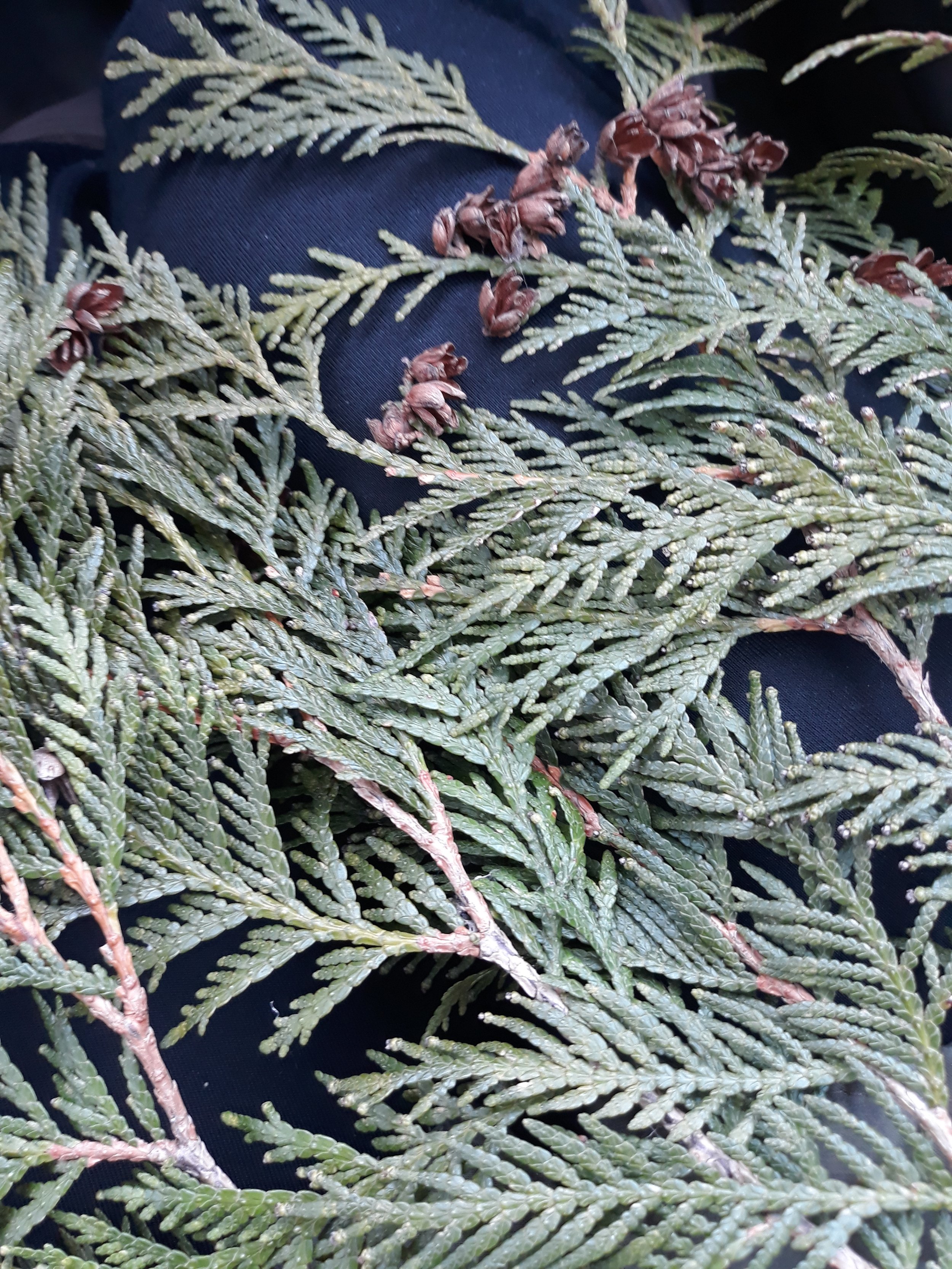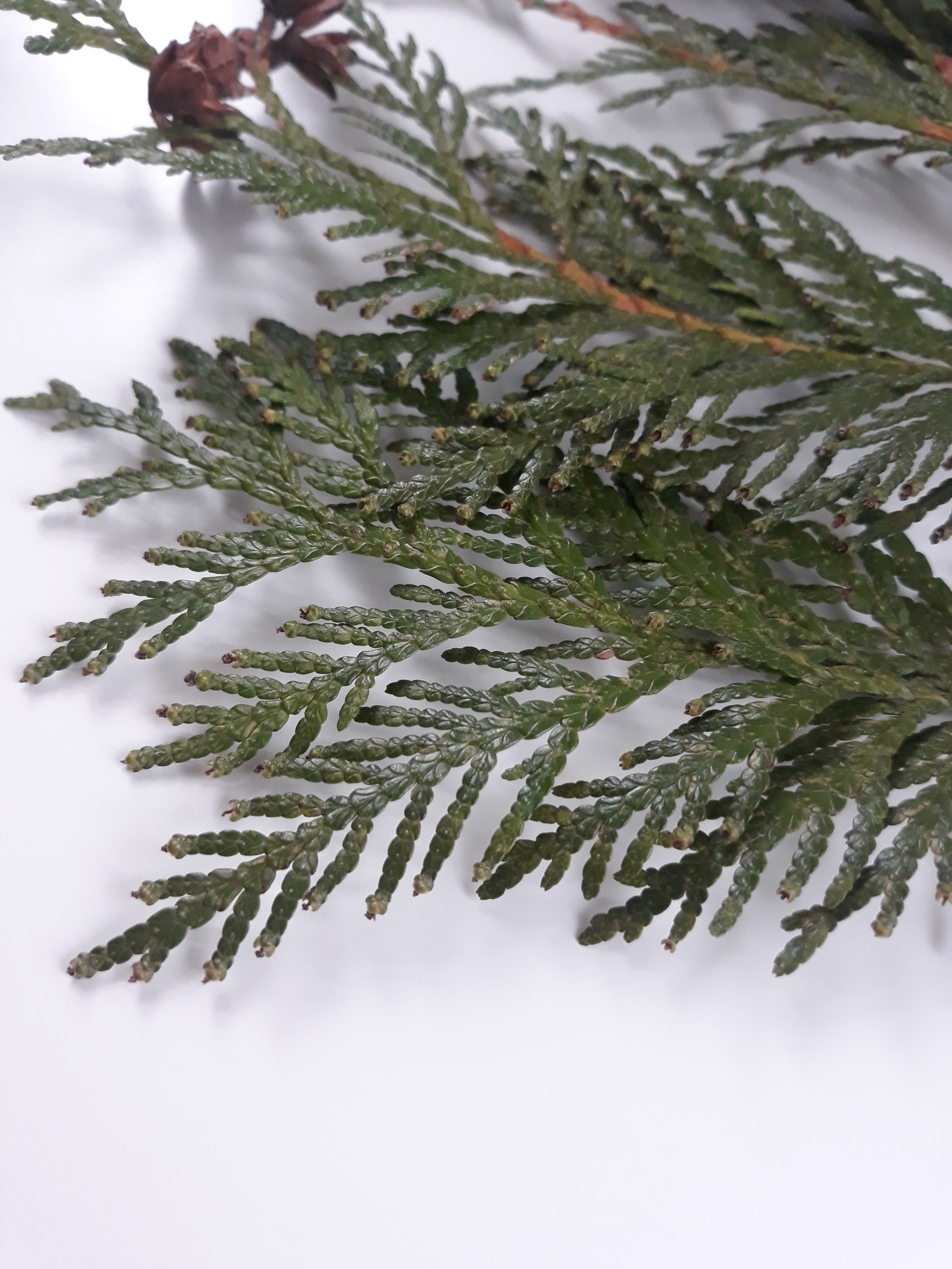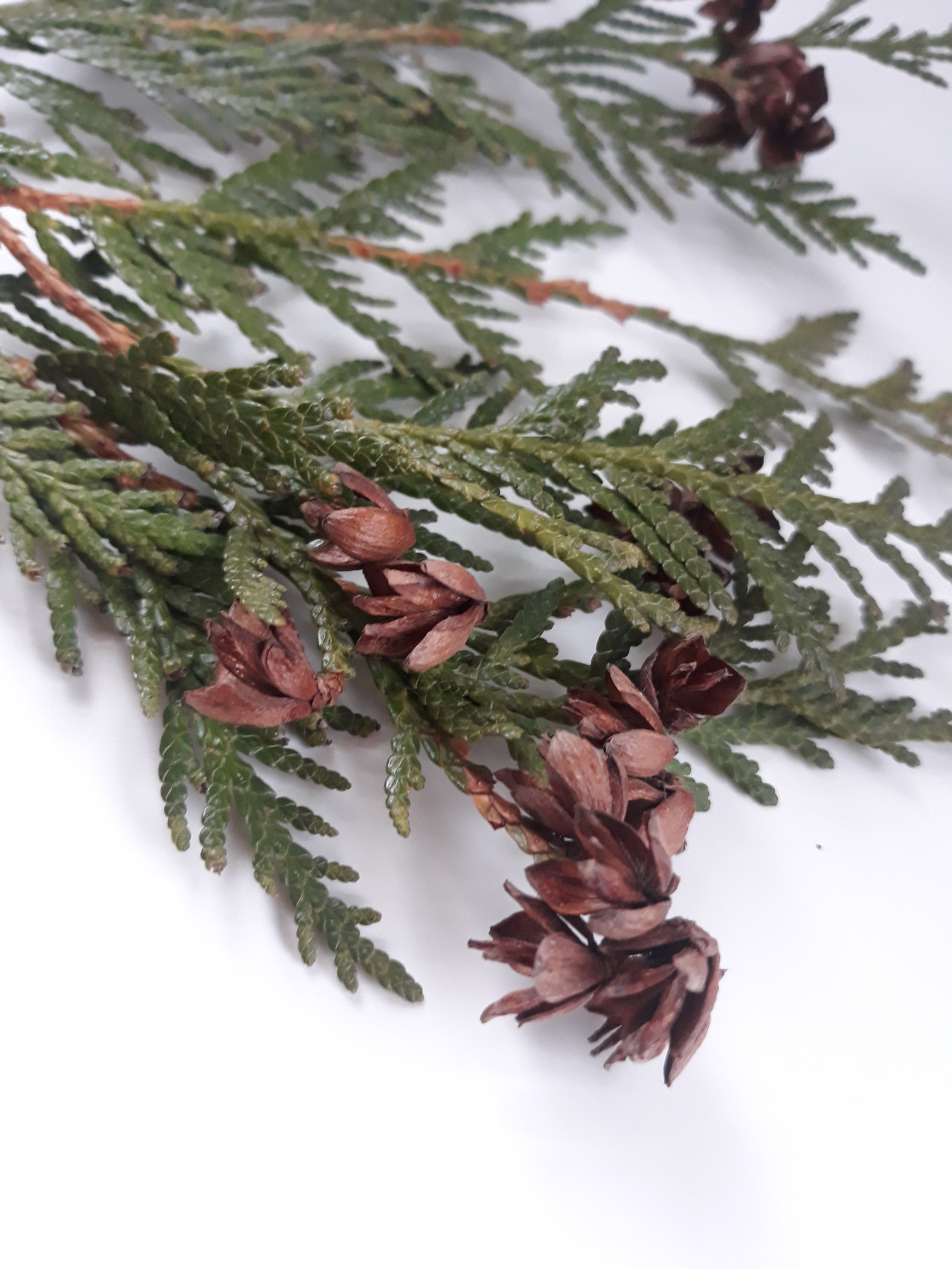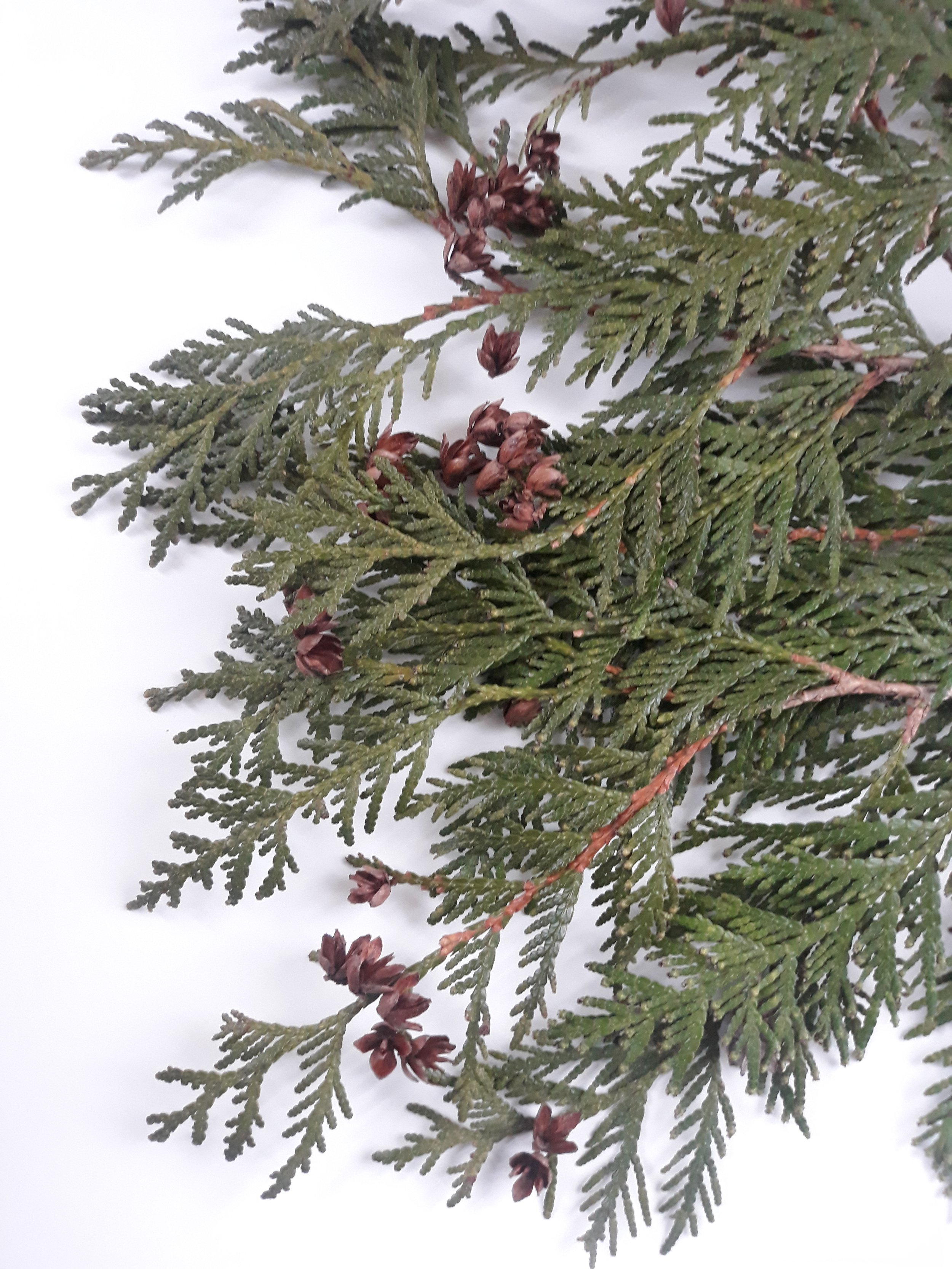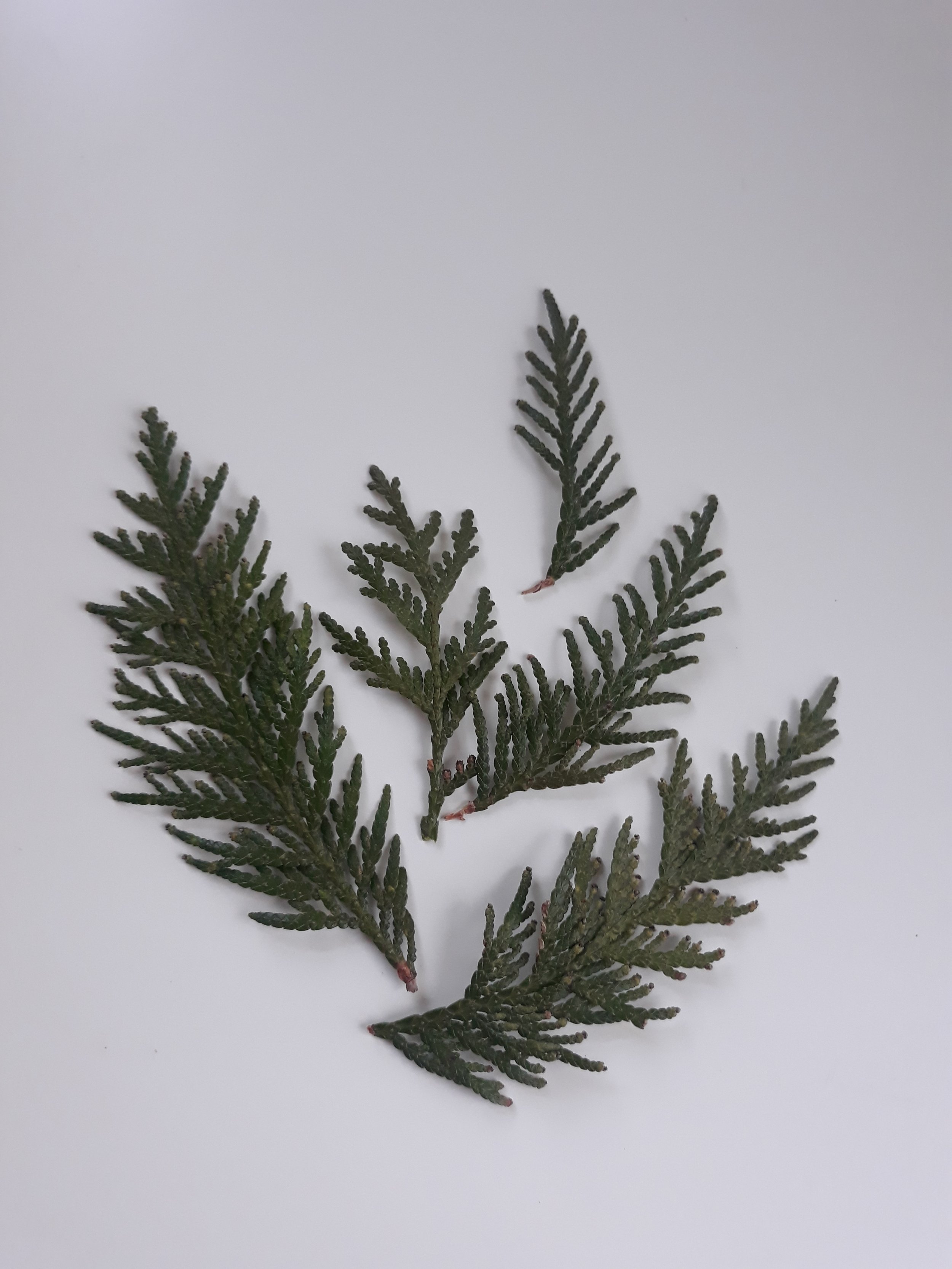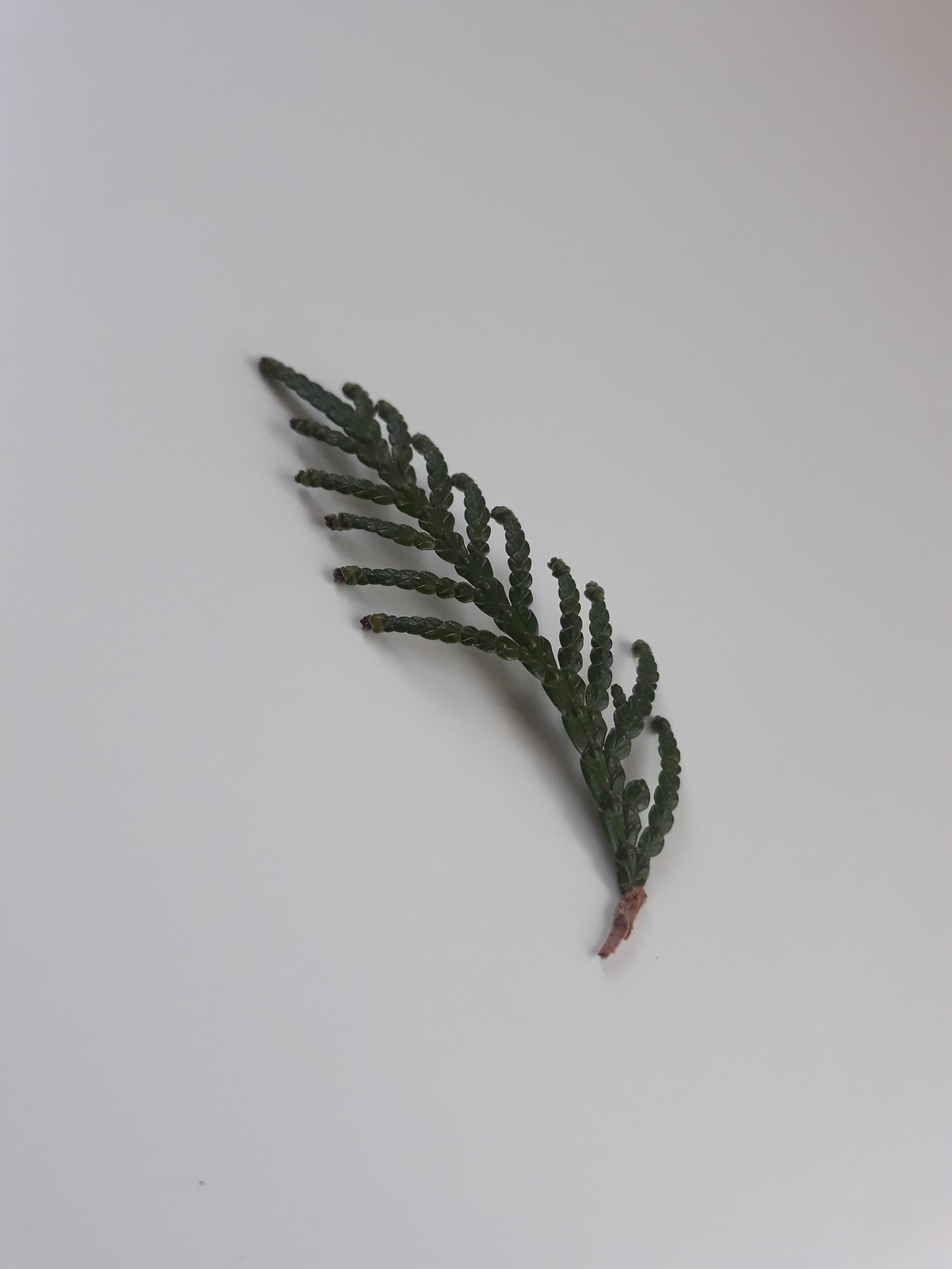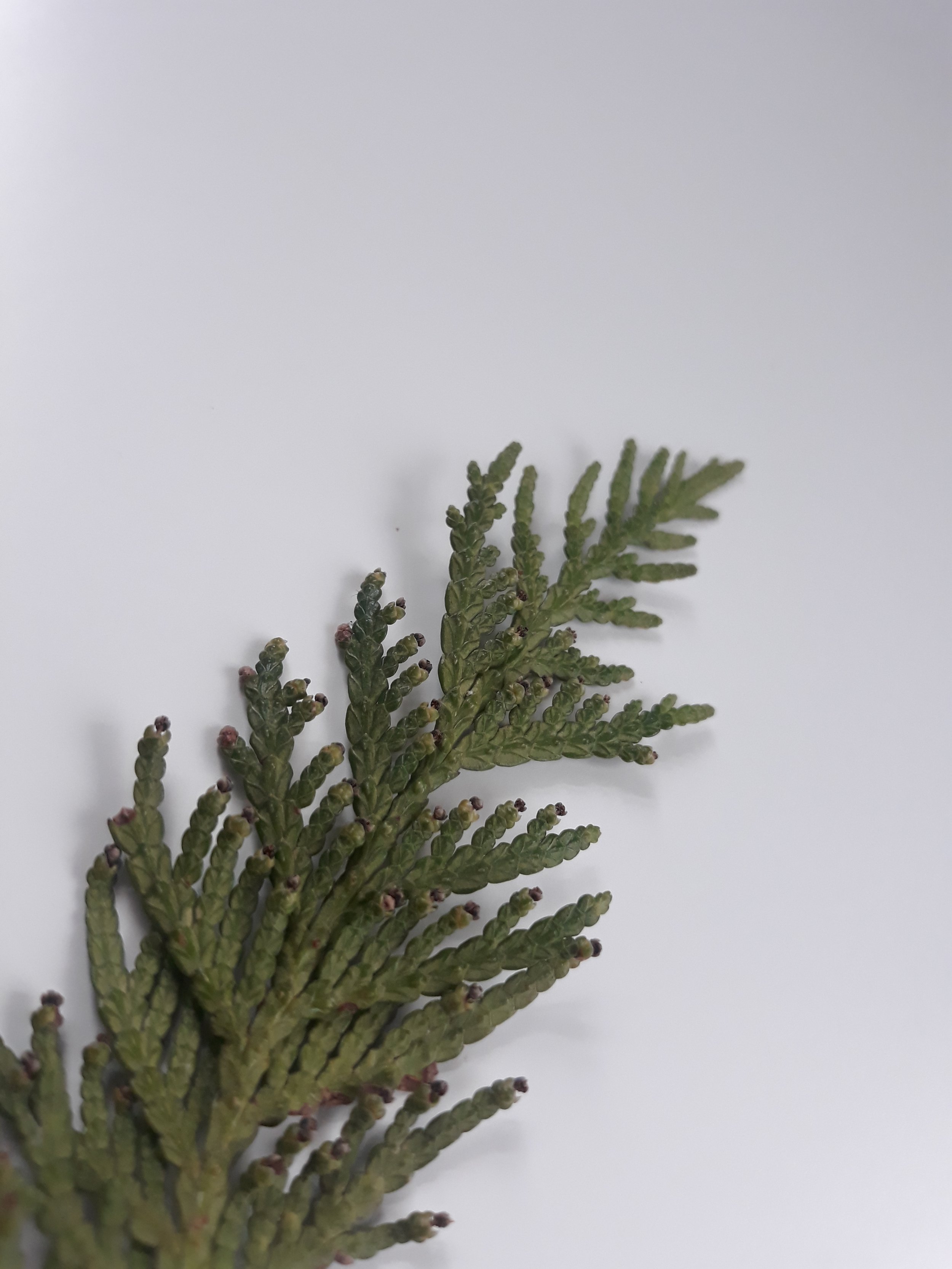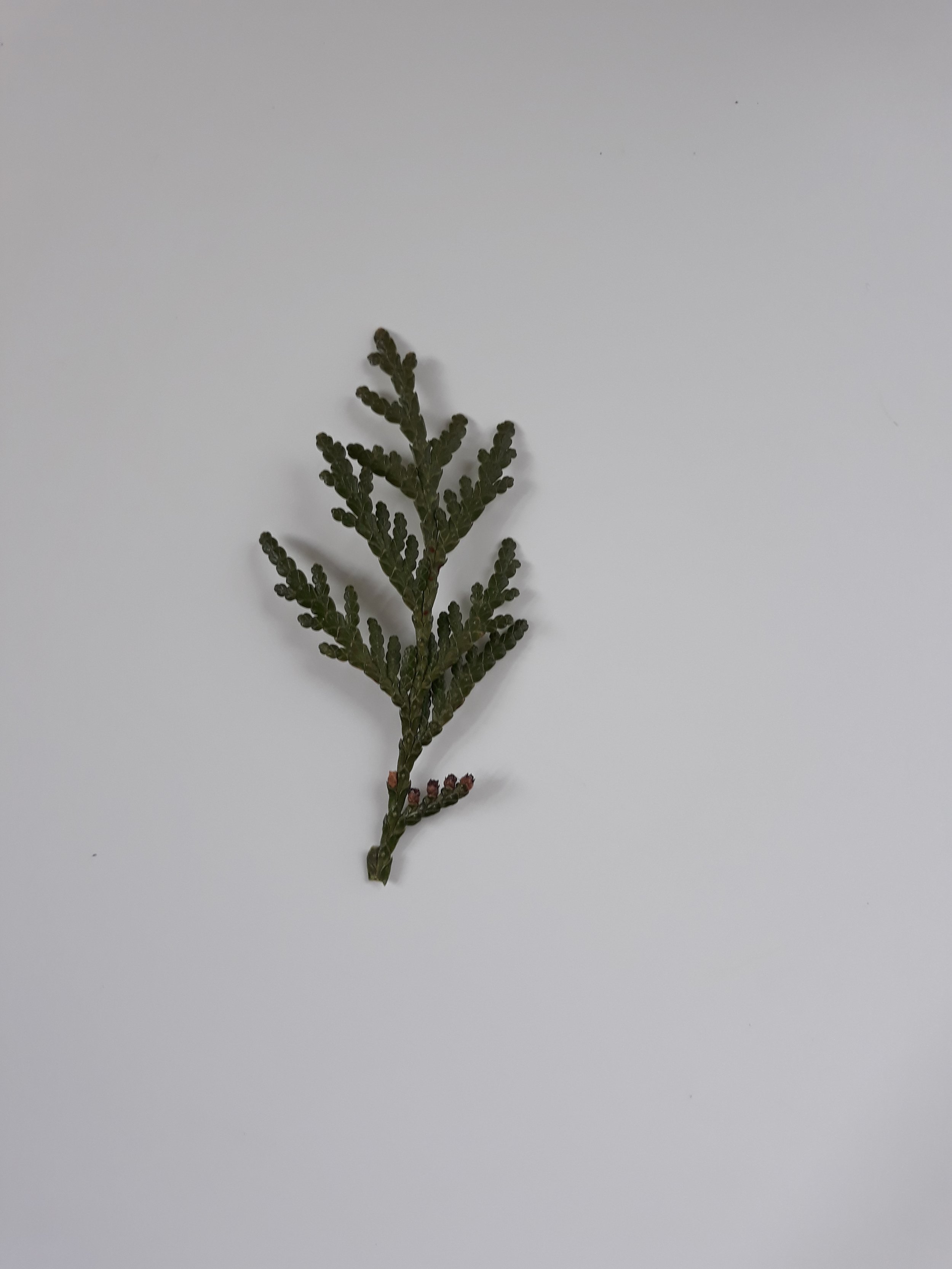Tree Medicine: Northern White Cedar/ Thuja occidentalis
A White Cedar clings to a sand dune on the edge of Lake Michigan.
Family: Cupressaceae
Genus: Thuja
Species: Thuja occidentalis
Northern White Cedar (Thuja occidentalis) is a member of the Thuja genus, which is a part of the Cupressaceae (Cypress) family. The genus has 5 members, two of which are native to North America- those being Thuja occidentalis (Northern White Cedar) and Thuja plicata (Western Red Cedar). The tree commonly called Eastern Red Cedar is not a true cedar, or thuja for that matter, but a part of the Juniper family.
Cedar has strong ties to the creation myths in many indigenous cultures of North America, including the Great Lakes region inhabiting Anishinaabe, who endearingly refer to this tree as the grandmother of their culture, and view it as a link between mankind and the rest of creation. Cedar is used extensively in medicine and ceremony for the Anishinaabe, long before western science had “discovered” the medicinal properties of cedar, the Anishinaabe had developed an extensive pharmacopeia of uses for this tree.
The primary chemical constituent of the leaves of Northern White Cedar is thujone. Although the precise content varies based on extraction methods, most samples contain 65% thujone (with alpha-thujone being the bulk of thujone content, followed by beta-thujone). Other compounds such as isothujone, fenchone, sabines, alpha-pinene, borneol, camphene, and limonene.
Thuja occidentalis is also rich in coumarins, flavonoids, tannins and proanthocyanidins. Northern White Cedar has antioxidant, antibacterial, antifungal, antiviral, antipyretic and insecticidal properties.
Anishinaabemowin: Nookomis-giizhik (My Grandmother Cedar)
Size: Small to medium sized tree. 30-45ft tall, often branching into 2-3 secondary stems.
Leaves: flat, rows of overlapping scales cover the stem, yellowish green leaves becoming browner in winter, occurring in fan (or fern) shaped sprays on flat twigs
Bark:
Thin pale brown to strips that easily peel off the trunk. Paler and less red-brown than the bark of Eastern Red Cedar
Cones: Small, green in spring, pollinated by wind. Cones ripen in early fall, but persist on the plant through the winter months.
Habitat:
Poorly drained cold swamps, near streams and other moving water, often forming impenetrable stands in swamps. Common along lakeshores and sand dunes. Often associates with Balsam Fir, Eastern Hemlock and native Spruce trees.
Distribution:
Common in the lower peninsula, particularly in the northern section, abundant in the Upper Peninsula.
More: The Anishinaabe have a saying to help tell the difference between this Cedar and the Junipers- “Grandmother would never hurt you” referring to the soft scaly leaves of White Cedar in contrast to the prickly young needles of the junipers.
White Cedar Bath Salts
Winter calls for long soaks in a hot tub, and when you can’t be out enjoying the forest, what better than bringing the forest indoors to enjoy. Cedar is great for use in a bath because the leaves are soft unlike the needles of spruce or juniper. Sharp evergreen needles are ill suited to bath salts- you don’t want to get poked by floating needles while trying to relax- trust me on this one. I once thought I was getting attacked by a junebug in the bathtub, but it was just a spruce twig. You can use fresh or dried cedar leaves in these salts- the salt will dessicate them if they are fresh, but if you use dried they will retain their color longer (months). Take the measurements given as a rough guide, let your palette of botanicals guide you.
3 ½ cups salt of your choice (epsom, himalayan, sea, etc)
½ cup cedar leaves (broken up into small pieces- small enough to be able to fit through the mouth of the jar, but you may want to leave them a couple inches long so you can admire the beautiful structure of the cedar’s leaves. The larger the pieces, the easier to clean out of your bathtub.)
Optional add ins A- juniper berries, calendula, rose, black pepper, blue cornflower,
Optional add ins B- 1-3 T green french clay, spirulina, activated charcoal, rose petal powder.
Optional add ins C- essential oils
Directions:
Place salt in a large bowl, if using essential oils, add a few drops now (and do check out the Tisserland Institute’s guide on safe usage) and mix well. If using a powdered add in, add a tablespoon at a time until you reach your desired color. Add cedar leaves, and then garnish with other botanicals until it looks perfect to you! Pack into jar, label and enjoy!
Northern White Cedar is a featured ingredient in the following products:
White Cedar Forest Aromatherapy Roller
Cedar Sunrise Massage+Body Oil
References:
Caruntu S, Ciceu A, Olah NK, Don I, Hermenean A, Cotoraci C. Thuja occidentalis L. (Cupressaceae): Ethnobotany, Phytochemistry and Biological Activity. Molecules. 2020 Nov 19;25(22):5416. doi: 10.3390/molecules25225416. PMID: 33228192; PMCID: PMC7699608.
Naser B, Bodinet C, Tegtmeier M, Lindequist U. Thuja occidentalis (Arbor vitae): A Review of its Pharmaceutical, Pharmacological and Clinical Properties. Evid Based Complement Alternat Med. 2005 Mar;2(1):69-78. doi: 10.1093/ecam/neh065. Epub 2005 Feb 9. PMID: 15841280; PMCID: PMC1062158.
Pudełek M, Catapano J, Kochanowski P, Mrowiec K, Janik-Olchawa N, Czyż J, Ryszawy D. Therapeutic potential of monoterpene α-thujone, the main compound of Thuja occidentalis L. essential oil, against malignant glioblastoma multiforme cells in vitro. Fitoterapia. 2019 Apr;134:172-181. doi: 10.1016/j.fitote.2019.02.020. Epub 2019 Feb 27. PMID: 30825580.
Bakht J, Zafar Z, Ahmad J, Khan S. Antibacterial activity of the crude extracts from medicinally important Thuja occidentalis. Pak J Pharm Sci. 2020 Mar;33(2):627-630. PMID: 32276908.

